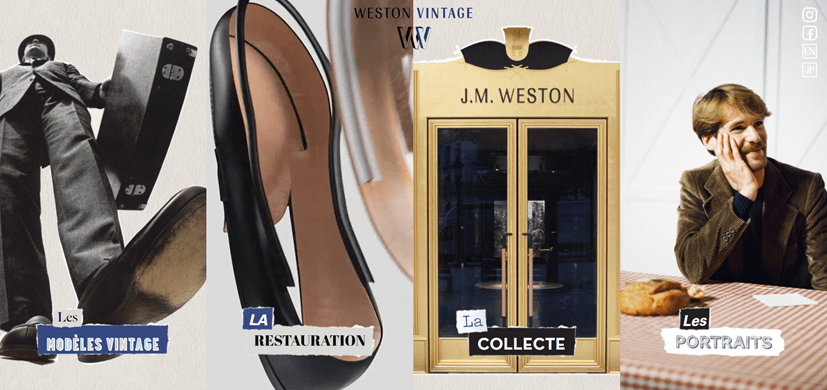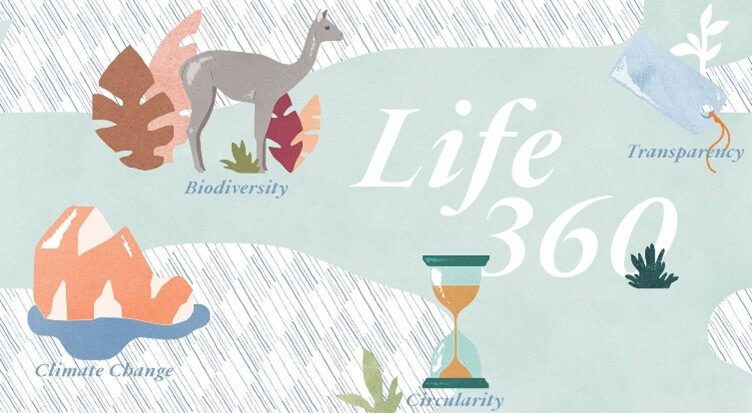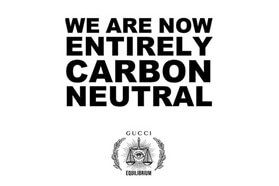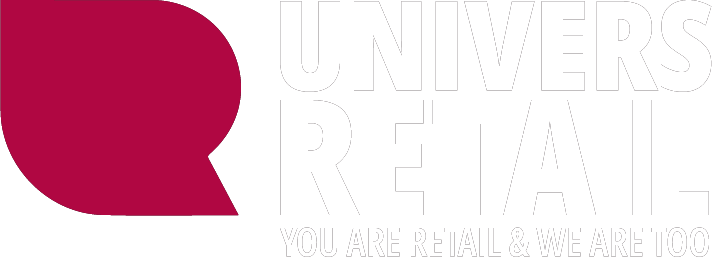While luxury has always been marked by a certain footprint CSR linked to its essence of transmission, the know-how that their manufacture requires or even the quality of the materials used, 2020 will have been a landmark year in terms of the scale of the commitments made. Chanel's Green Bonds, LVMH's Life 360, carbon neutrality at Kering... These initiatives are becoming major strategic priorities in the company's 2, 5 and 10-year plans. For the first time, the luxury goods industry is taking the lead and making societal and environmental commitments that are stronger than society expects.
A pioneering industry in terms of CSR
From the outset, luxury goods - and watchmaking, fashion, leather goods and jewelry in particular - have been characterized by a form of what we might today call a CSR approach. These include small-scale production that does not deplete raw material reserves; production that is entirely or partly by hand, which safeguards craftsmanship and ensures quality and durability; the demonstration of historic know-how that preserves local culture; and durability that enables generational transmission. These are all qualities that make luxury goods a pioneering industry in this field.
At the end of the 1990s, the luxury goods industry took its first strong actions in terms of CSR, supported by a society increasingly aware of the issue. As a result, the industry in the broadest sense of the term is reviewing a number of its operating principles and adopting an active communications policy on the subject:
- The choice of suppliers to source materials consciously and rationally
- Limiting our carbon footprint through alternative transport and sourcing choices
- Refusal to condone child labor in their companies and among their suppliers
At the same time, within society as a whole, movements for ecology and deconsumerism are booming, and customers expect greater transparency from the brands they support. It was against this backdrop that many start-ups were created in the 2000s to address the issue of sourcing. These young creators and entrepreneurs are acting as opinion leaders, and a new market is emerging: the second-hand market. The CSR shift is underway.
Some major brands understand the value of CSR initiatives, which they see as opportunities to differentiate themselves from less responsible competitors on the market. The aim is to offer consumers differentiating initiatives.
For example, Weston, a French luxury footwear company, is launching its Weston Vintage initiative in 2020, which involves the collection, restoration and (cheaper) resale of its models in its Limoges-based workshop. The company communicates on the program and admits that it does not generate any additional sales, but rather highlights the expertise of its shoemakers.

New initiatives and a new vocabulary are making their appearance in fashion and luxury goods with the notions of ethical labels, bio-sourcing, up-cycling or " just in time ". The CSR label has become part of the vocabulary and the sales and marketing arsenal of brands, which are taking it on board in order to satisfy an increasingly demanding clientele.
Profound upheavals in the industry
It's thanks to the industry, which is structuring itself, driving change and defining new ways of consuming, that luxury is entering a process of transforming mentalities. The industry imposes these new standards on the sector, which adheres to them. Among these structures, the " Fashion Pact " and the FFPPF's responsible sourcing guide are outstanding examples.
In 2019, at the G7 meeting in Biarritz, 32 companies representing 150 brands signed the Fashion Pact. It aims to limit the industry's impact on the climate, biodiversity and the oceans by setting targets for 2030 and 2050. Criticized by specialized associations and start-ups as insufficient (horizons too distant, no binding aspect), it nevertheless achieves the feat of aligning 30% of the sector's companies on common commitments and rules of good conduct. The Fashion Pact is not seen as an end in itself, but as a shared commitment to do better, to be accompanied by short-term action plans for each company.
To cite other examples of upheaval, the Fédération Française de Prêt-à-Porter Féminin (FFPPF) published a guide to responsible sourcing the same year, supporting the development of an approach CSR. It also provides a "Ressources Green" platform recommending ethical and responsible suppliers, certifications, materials sourcing, etc.
2020, a major acceleration
The year 2020 presented itself as a time to reposition oneself, rethink one's DNA and the meaning of one's brand, but also to realize that what was done before could be done differently (e.g. fashion shows). It also saw the emergence of new commitments on the part of brands and companies, imposing a new rigor on themselves with regard to CSR.
Chanel is probably the most concrete example of this commitment with its Green Bonds issue. On September 24, the luxury giant issued 600 million worth of green bonds, the conditions of which require the achievement of sustainable development objectives. Even more engaging, the company agrees to submit to penalties in the event of failure to meet its commitments, in particular the halving of greenhouse gas emissions from all its activities between 2018 and 2030.

Another example is LVMH with its "LIFE 360" program, successor to "LIFE 2020", described as the Group's "environmental compass". While "LIFE" (LVMH Initiatives For the Environment) was created in 2012 and anchors sustainable development in the strategic plans of its various brands, it is in 2020 with " LIFE 360 " that LVMH commits to 3, 6 and 10 years around 4 pillars:
- Protecting biodiversity
- Combating climate change
- The circular economy
- Transparency
In particular, it sets two new Group targets: to achieve 100% renewable energy at all Group sites by 2030, and to eliminate the use of virgin fossil-based plastic in packaging by 2026.
| As for the Gucci brand, it had already announced in 2019 that it was carbon neutral on its CSR " Gucci Equilibrium " platform, and was a model student within the Kering Group. The Group promised a 50% reduction in CO2 emissions by 2025 with its "CARE" program. It also aims for 100% of its suppliers to meet Group-defined standards in terms of environmental footprint reduction, traceability, animal welfare, chemical use and working conditions by 2025. |  |
Following these strong commitments, initiatives are multiplying within the various houses: second-hand, blockchain, responsible supply and so on. A case in point is the historic collaboration between second-hand platforms and luxury houses between Vestiaire Collective and Alexander McQueen.
The CSR in luxury has gradually evolved from a latent characteristic of the industry to an ethical concern, then an opportunity linked to consumer sensitivity, or even a marketing challenge and a means of differentiation with Millenials. An understandable challenge, given that " 80% of luxury growth comes from 23-38 year-olds " (BCG 2019). However, the industry's commitment to the subject and the crisis in 2020 have accelerated the transition CSR of the luxury sector, pro-active and ahead of society's expectations. This has led to the inclusion of sustainable commitments in companies' strategic plans. More than ever in 2020, the commitments made were multiple, far-reaching and almost binding. In addition to taking a pioneering approach to a social issue and meeting the expectations of the younger generation, companies in the sector are adhering to a strategic and sustainable approach that is in line with their values, and is anchored by the financial constraints they are imposing on themselves. From a secondary focus, the CSR approach linked to the environment is now part of theDNA of these brands, so keen to preserve beautiful things.


